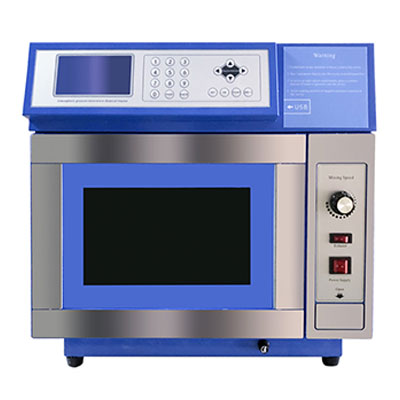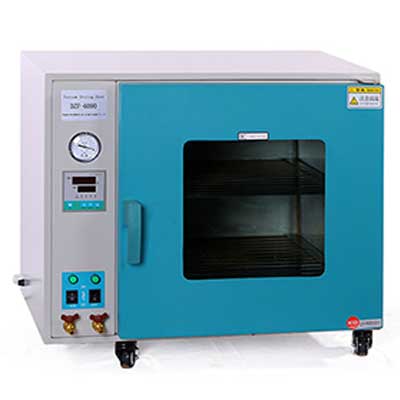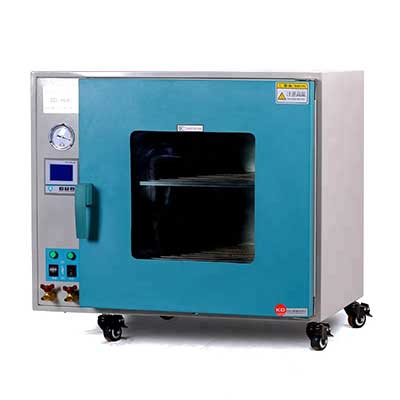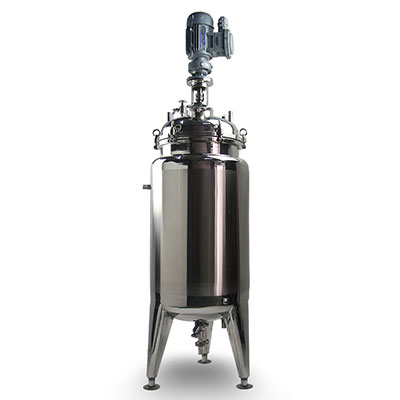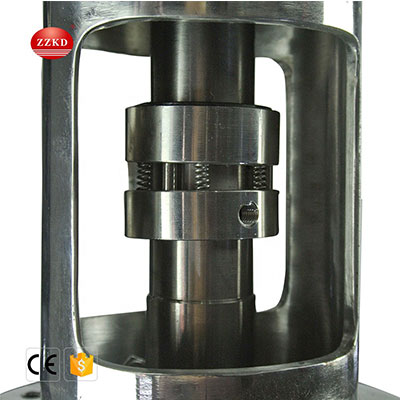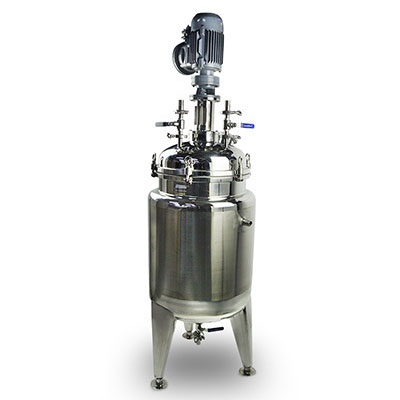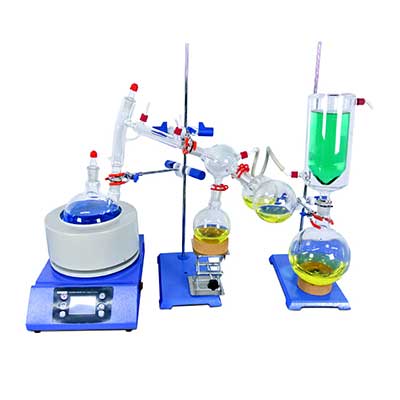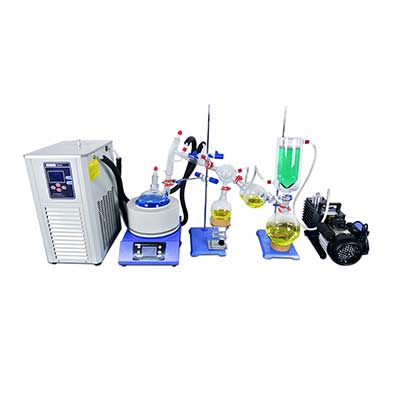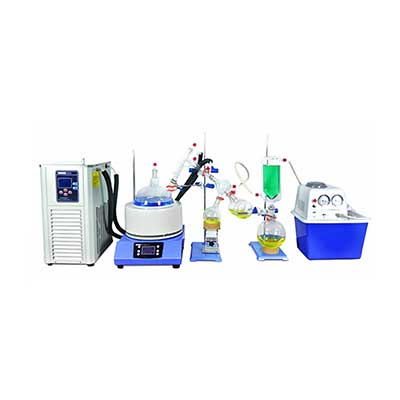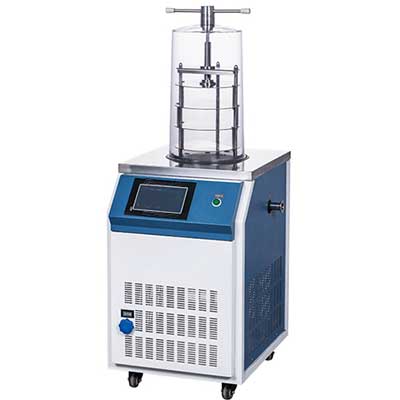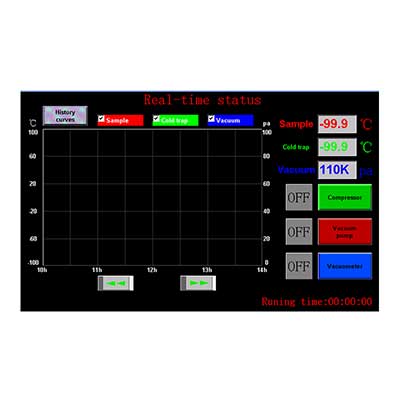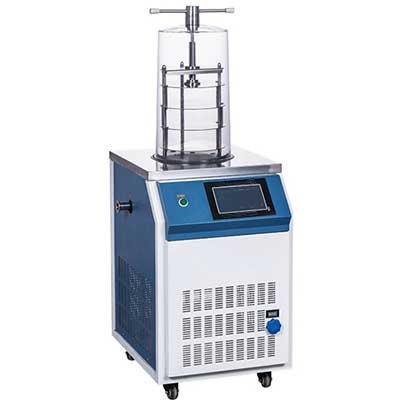Laboratory microwave chemical reactors, microwave reactors produced by ZZKD laboratory equipment manufacturer, have undergone great changes in technology, both in terms of operation and function. You can refer to the comparison table below. The microwave chemical reactor mainly uses microwave adjustment technology and microcomputer control software to realize the extraction chemical reaction caused by microwave in the cavity. The power of the instrument is continuously adjustable, the large LCD screen is displayed, the operation is simple and convenient, and the code reuse rate is high. It is mainly aimed at the continuous microwave radiation response required in the enterprise laboratory, which can provide a continuous and good test environment.
Conventional products include: constant temperature mode (automatic microwave frequency conversion, constant temperature), constant power mode (microwave power (0-900W free setting, such as 333W, 222W, 80W), heating time free setting), new models can be equipped with ultrasound , Microwave combination and cooperative operation, electric stirrer installed on the top (magnetic stirrer can not meet the needs), etc.
Customized: continuous microwave reaction (flow)
Pressure mode: normal pressure;
Temperature measurement method: PT100 sensor (contact type), infrared temperature measurement (customized,);
Temperature measurement range: room temperature -250 ℃ (upper limit of conventional temperature control meter: 500 ℃, upper limit of customized temperature control meter: 3200 ℃);
Working method: single reaction in a three-necked flask, and customized microwave processing of fluids (continuous feeding and reclaiming);
Gas protection: with air inlet and exhaust holes, nitrogen protection;
MCR-3 microwave chemical reactor features:
1.Using a large-area touch panel, the buttons are distributed in accordance with the operating habits of personnel and the spacing is reasonable;
2. The button hand press meets the requirements of body sensation, and there are prompt sound effects;
3. LCD screen effective pixels 240 × 128, screen size up to 120 × 80mm;
4. Simultaneously display the working status and microwave power, real-time temperature, and working time for 5 time periods;
5. The software has an error correction function. If there is an error between the displayed temperature and the actual temperature, it can be automatically repaired by computer software;
6. Interlock switch, opening the reactor door during the experiment will automatically stop microwave radiation, ensuring the safety of users;
7. The magnetron has an over-temperature protection function. When the magnetron temperature is high due to the use of time or abnormal conditions, the system will automatically identify the processing method, or cut off the power supply, or modify the data;
8. The body has a built-in magnetic stirring function, and the stepless speed adjustment is equipped with a protective gas inlet;
9. The user can add standard mouth reaction vessels according to the conditions required for the reaction, and can also install auxiliary functions such as condensation and reflux systems on the body, which has strong expansion capabilities;
MRC-3 microwave heating equipment principle and proportion of heating space:
1.Non-pulse microwave continuous heating
According to long-term research by engineers, pulsed microwaves will generate high-threshold electromagnetic pulse signals at the moment of opening and closing, and the phenomenon of temperature surge or large oscillation during this instant period will sometimes directly destroy the shape of organic molecules and affect the experimental results. And the non-pulse microwave of this instrument adds 30-segment frequency conversion temperature adjustment function on the basis of continuous heating, and there is no strong stimulation phenomenon in continuous output.
2.Microwave power frequency conversion control
The dual CPU technology is used to assist the detection and control software, and a PID adjustment component is installed. After encountering changes in ambient temperature, reactive material polarity, and heat capacity, it can automatically adjust the microwave frequency to avoid overshoot. The microwave reflected in the body can be monitored by the instrument, and the temperature change is judged according to the reflection condition, and then the microwave frequency is automatically adjusted by PID to achieve an accurate temperature control value.
3. Platinum resistance temperature control system
Many users do not understand why we choose platinum resistance as the sensing carrier of the temperature control system. Platinum is a natural shielding device, which can effectively eliminate any electromagnetic interference and self-heating reaction. The engineers inserted this shielded platinum resistor directly into the reactor to more accurately monitor the internal temperature change data under the condition of eliminating interference and achieve the purpose of accurate experiments.
4. 30-segment adjustment of microwave power
This model has a 30-stage temperature control to ensure a more reasonable heating rate inside the machine.
5.Five-step heating program
The five-step temperature rise mentioned here is not certain. The software can be divided into 5 sections, 10 sections, 20 sections, and 30 sections. As long as the reactor supports it, it can be freely set. During use, the corresponding parameters can be continuously modified to ensure a stable temperature rise;
6, heating space station ratio
The conventional version of the microwave chemical reactor can guarantee 70% of the heating space, and it can be improved if it is a customized device;
The microwave chemical reactor adopts microcomputer technology and unique microwave adjustment technology to achieve continuous adjustment of microwave power. It has a power meter display. Its operation is simple and repeatable. For those who need to explore microwave catalytic reaction conditions The experiments, especially for those chemical experiments that require a small microwave power and want to maintain continuous microwave radiation, are scientifically and practically ideal.
Microwave is an electromagnetic wave with a wavelength in the range of 1--100m (frequency 300MHz-300GHz). It has the characteristics of space energy transmission and energy conversion in the medium directly in the electromagnetic field, which has attracted the attention of the scientific community. Microwave chemistry is the use of modern microwave technology to study the physical and chemical behavior of substances under the action of microwave fields: to explore the theoretical and experimental methods of microwave fields directly acting on the public school system to promote or change various chemical reactions.
An emerging marginal subject of application scope and industrial prospects. The development of microwave chemistry as a new branch of chemistry is something that chemistry work must understand and care about. Microwave chemistry has a wide range of applications, such as microwave inorganic synthetic chemistry, microwave organic synthetic chemistry, microwave in analytical chemistry, microwave in environmental chemistry, microwave in petrochemistry, microwave-induced catalytic reaction, microwave in metallurgy, microwave The application of biological effects in the field of biochemistry covers almost every branch of chemistry. In particular, a large number of reports on microwave organic synthesis reactions have been reported.
Features of WBFY-205 type microwave chemical reactor:
• There is a magnetic stirring device inside to make the liquid flow in the beaker and the test effect is better.
• The output microwave power is adjustable from 0 to 750W. The appropriate output power can be selected according to the needs of the chemical reaction to ensure continuous microwave radiation during the reaction.
• Can work continuously for 100 minutes.
• Suitable for the overall design of the installation of the stirring device.
• Select the same power and working time to obtain the same reaction conditions, and the experiment has satisfactory repeatability.


